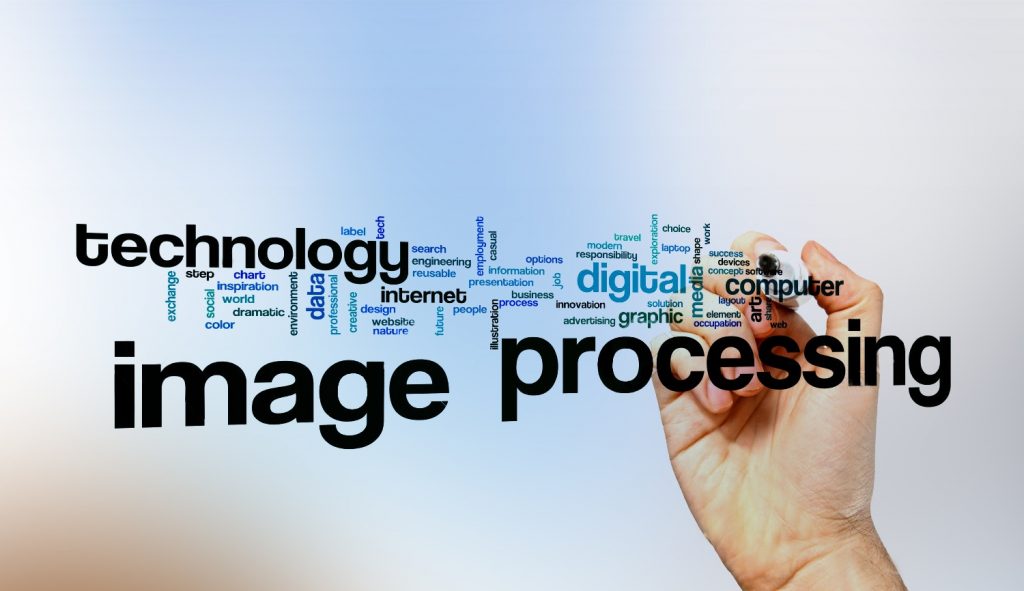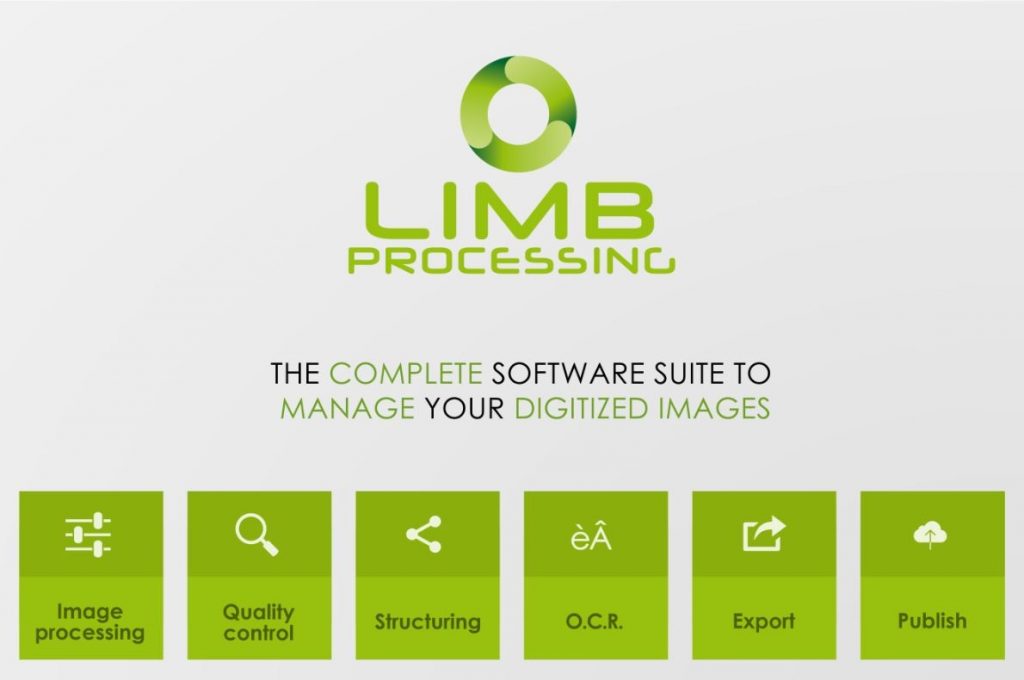
Image processing in digitization
Image processing is a method to perform some operations on an image, to get an enhanced image or to extract some useful information from it. Digital image processing techniques help in manipulation of the digital images through the use of computers.
The first step of a digitization project is the capturing of documents, images and pages with a scanner to obtain a raw file (ex: raw file format). This raw file coming from the scanner is a file that has not been altered (ie sharpened, cropped), cleaned up or has metadata added.
Professional book scanners that are used today have basic tools included for image adjustments, so the operator can apply it while it is being digitized by the scanner. However, to get an optimized workflow and to avoid losing time, it is important to process images after the capture, in a post-processing step.

A full variety of image options are available
Nowadays, there is large list of image processing options available, for example:
- Crop: easily crop the image, taking the edges away
- Multi-zone detection: to be able to define and crop several documents in a single document
- Image segmentation: automatic detection of several images within the image
- Deskew: straighten out images
- Curvature correction: flatten the pages bot both right and left pages will be at the same level
- Lighting correction: to get a homogeneous light on the image
And many others such advanced as ICC Profile, brightness contrast, deblur, reduce noise….
The objective is to convert the raw image into a nice processed image that will be archived or published on line.
Limb Processing, the leader all-in-one image processing solution
At i2S, we have experts in image processing working hard every day to improve the existing image processing algorithms and create new ones that are needed by customers.

Also a few years ago, i2S engineers developed the complete one step solution. It is a full solution to process, enrich and convert cultural funds into digital assets. Instead of using several tools like Adobe Photoshop or similar open-source tools, the objective of Limb Processing is to provide all of the tools needed for a digitization librarian.
Limb Processing integrates the workflow to automate local image processing, user and system tasks. LIMB Processing processes raw images and enhances them with metadata, search engine compatible text, tags and quality control. It is very intuitive and can be used with any images. The real-time preview assists the operator with quality control.
Image processing is the first step of the digitization workflow. This is followed with quality control, structuring, OCR, and file exportation as additional steps in the digitization workflow.
